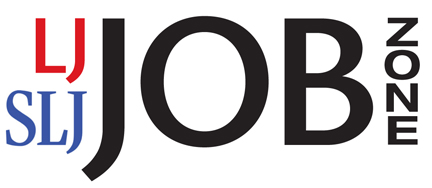Now Available! Smithsonian Releases High-Res 3-D Model of Apollo 11 Command Module To Explore and Print
From the Smithsonian:
To mark the 47th anniversary of the Apollo 11 moon-landing mission, the Smithsonian has made available a high-resolution 3-D scan of the command module “Columbia,” the spacecraft that carried astronauts Neil Armstrong, Edwin “Buzz” Aldrin and Michael Collins to the moon.
This highly detailed model, available at 3d.si.edu, allows anyone with an internet connection to explore the entire craft including its intricate interior, which is not possible when viewing the artifact in the Smithsonian’s National Air and Space Museum. The Smithsonian is also making the data file of the model available for download so it can be 3-D printed or viewed with virtual-reality goggles.
The 3-D scanning process for the command module was extremely challenging. The module is composed of reflective surfaces that 3-D capture devices do not read well. Its interior dashboards are made up of many components that are delicate and intricate, which also presents a challenge for many 3-D capture devices. Because of the complicated nature of this scan, the Smithsonian 3-D team worked with its technology partner, Autodesk.
[Clip]
During the scanning, curators rediscovered a number of instances of “astronaut graffiti” not previously known to the museum. Some of the markings include numbers and information relayed from mission control written on walls or instrument panels. There also is a hand-drawn calendar by one of the astronauts, with each day crossed out except for landing day. Seeing such details and studying the text have enhanced curators’ understanding of how the missions were conducted. Now details like these markings are available in the 3-D model. The 3-D model will also be featured in the upcoming exhibition “Destination Moon,” slated for opening at the National Air and Space Museum in 2020.
[Clip]
The Smithsonian 3-D Collection features objects from the Smithsonian that highlight different applications of 3-D capture and printing, as well as digital delivery methods for 3-D data in research, education and conservation. Objects include the Wright Flyer, a model of the remnants of supernova Cassiopeia A, a fossil whale and a sixth-century Buddha statue. The public can explore all these objects online at 3d.si.edu, a free custom-built, plug-in-free browser and download the data for their own use in modeling programs or to print using a 3-D printer.
Direct to 3-D Scan of “Columbia” Command Module
Read the Complete Release Announcement
See Also: Browse Smithsonian Collection of 3-D Models
Filed under: Dashboards, Data Files, Digital Preservation, News, Preservation
About Gary Price
Gary Price (gprice@gmail.com) is a librarian, writer, consultant, and frequent conference speaker based in the Washington D.C. metro area. He earned his MLIS degree from Wayne State University in Detroit. Price has won several awards including the SLA Innovations in Technology Award and Alumnus of the Year from the Wayne St. University Library and Information Science Program. From 2006-2009 he was Director of Online Information Services at Ask.com.


